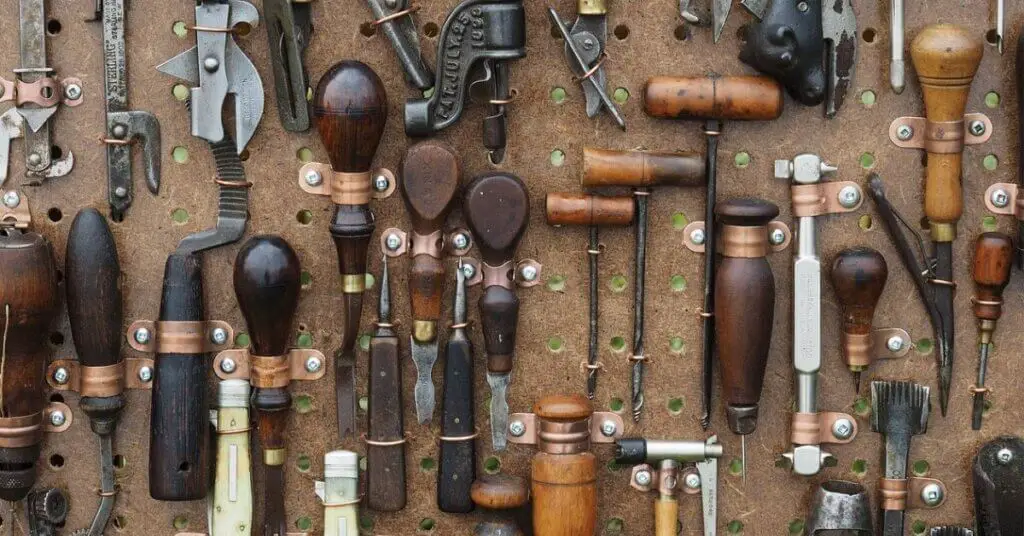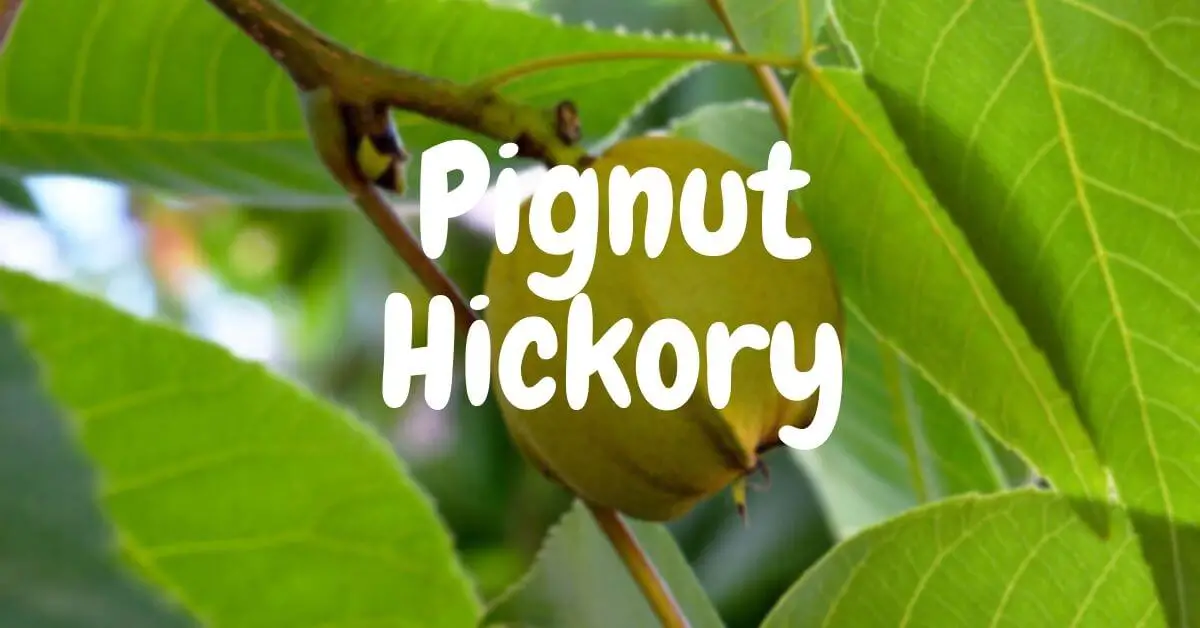Introduction
Pignut Hickory (Carya glabra) is a medium to a large deciduous tree that is native to the Eastern United States and Canada. There are over 16 species of hickory, and they share some similar characteristics.
Pignut is a well-known species among the other Hickory species. Which is known for its nuts and lumber.
| # | Pignut Hickory |
| Scientific Name: | Carya glabra |
| Native to | Eastern United States |
| Tree height | 65-100 ft (20-30 m) tall |
| Tree trunk diameter | 2-3 ft (.6-1.0 m) trunk diameter |
| Average Weight: | 52 lbs/ft3 (835 kg/m3) |
| Janka Hardness: | 2,140 lbf (9,520 N) |
| Color | light to medium brown |
| Rot Resistance | No |
Pignut Hickory Uses

Flooring: Pignut hickory is a durable, strong, and highly flexible wood. It is considered a suitable wood for flooring. Because its hardness is quite good. So, the chances of getting scratches are very less.
Tools handle: All species of hickory have shock-resistant properties. That’s why it is the perfect wood for making handles for tools and equipment. Because of its elastic properties, It can easily withstand shocks of mild to moderate intensity.
Other Uses: Pignut Hickory has usually straight grain. Therefore it is suitable for making cabinetry, and furniture, sporting goods equipment, and industrial applications.
Grain pattern
The grain of Pignut Hickory is usually straight, though sometimes wavy. The pores are of medium size and open but the density is high.
Pignut Hickory Tree Identification
Tree
A healthy tree is about 90 feet (27 m) in height and the trunk diameter can be 3.50 ft. It is a fruit-bearing tree with a relatively narrow crown.
Nut
The nuts are small and elliptical, they appear in autumn. The length of its fruit is about 1-3 inches and its width is 0.5- 1.0 inches. The shell shape is flat and oblong. Fruit display in October.
There are four ridges on the husk. Inside the cover, there is a sweet, light brownish-yellow nut. After the nuts dry well, the shell naturally splits into 4 equal parts.
Bark
Its bark is dark brown-gray, in young trees it is soft and light gray. Do not peel away, like the Shagbark Hickory bark. Its bark holds the trunk of the tree well.
Leaf
The hickory tree has 5 sharply pointed, separated edged, hairless, dark green, and shiny leaflets. The end leaflets are usually larger than the other leaflets. The leaves turn reddish-yellow with age.
Flower
Both male and female flowers are on the same tree, It is Gold/Yellow. Male flowers are 2–4 inches long and yellow-green in pendulous catkins. The size of the female flower is less than that of the male flower. Blooms from April to May.
Is Pignut hickory wood rot resistant?
Pignut hickory is not rot-resistant, it is very susceptible to insect attack. Therefore it would be better to use it above ground. External applications require regular care.
Can You Eat Pignut Hickory Nuts?
Yes, pignut hickory nuts are edible but their taste is somewhat bitter. The nut can also be candied, crushed into flour. Some hickory species are also mildly sweet.
Is hickory good for firewood?
Yes, it is the best wood for burning. It is even hotter than oak, maple, and other hardwoods. It has a high BTU value (26.5 per cord), so generates high heat and due to high density, it burns for a long time.
Is Pignut hickory wood toxic?
No, Hickory is not toxic to humans and pets in any way. But if you are allergic to dust, then any kind of wood dust can cause problems. That’s why you should cover your skin and wear glasses while working.


Comments are closed.